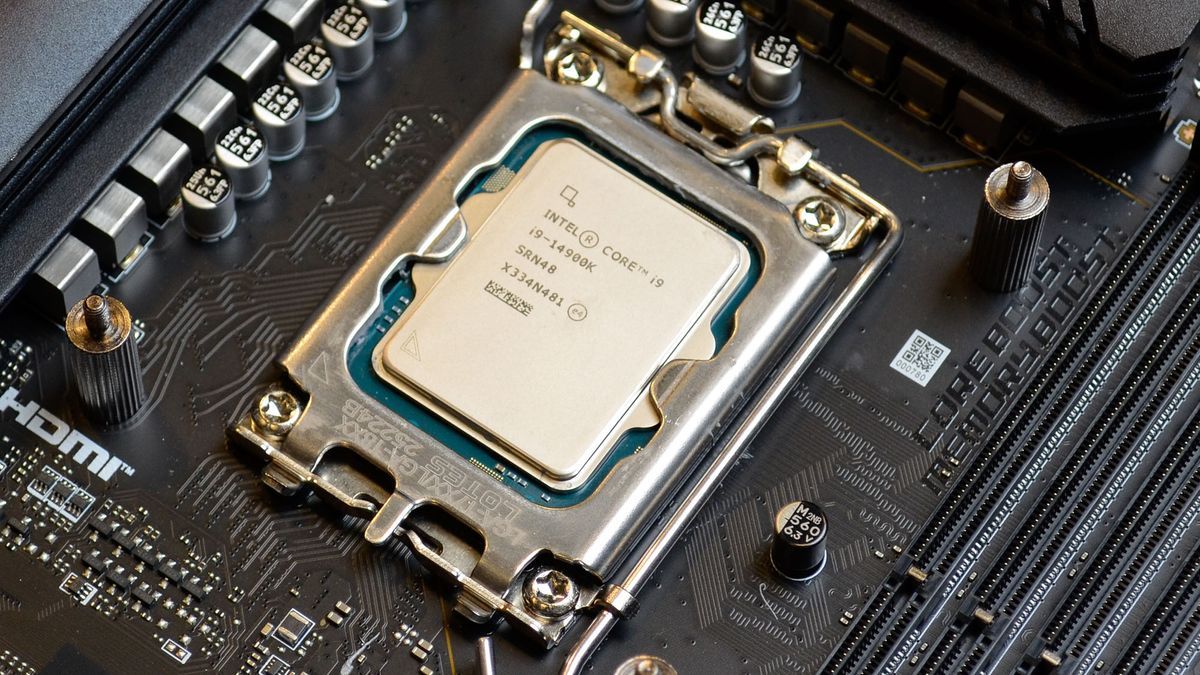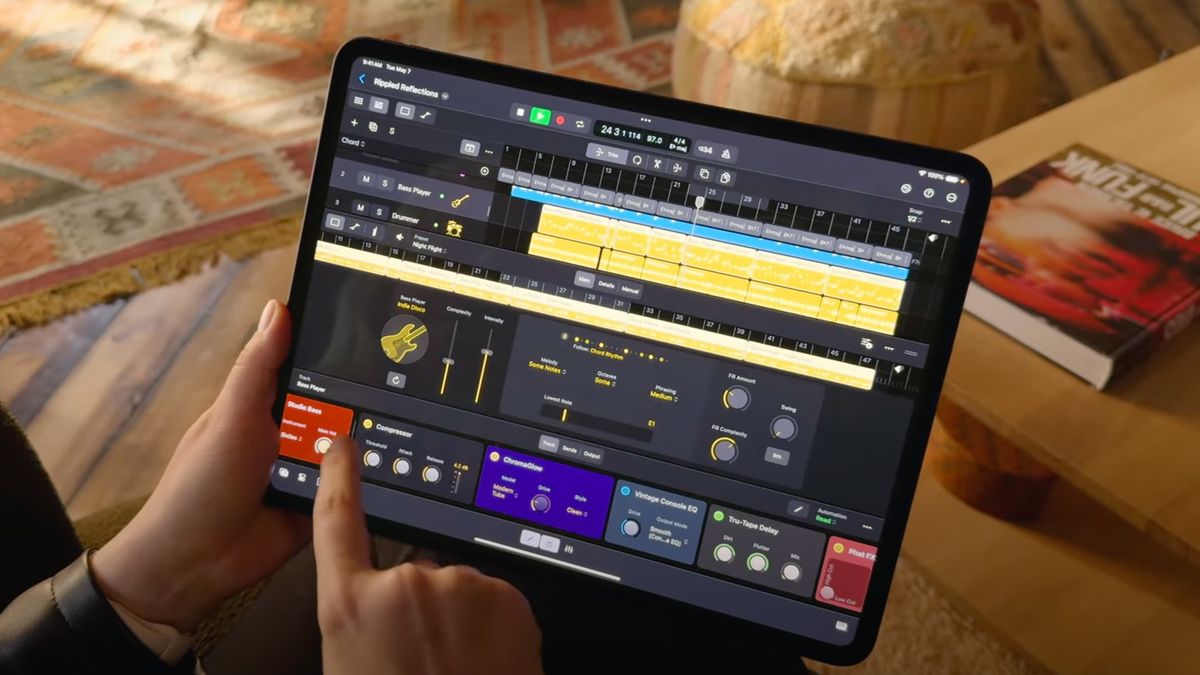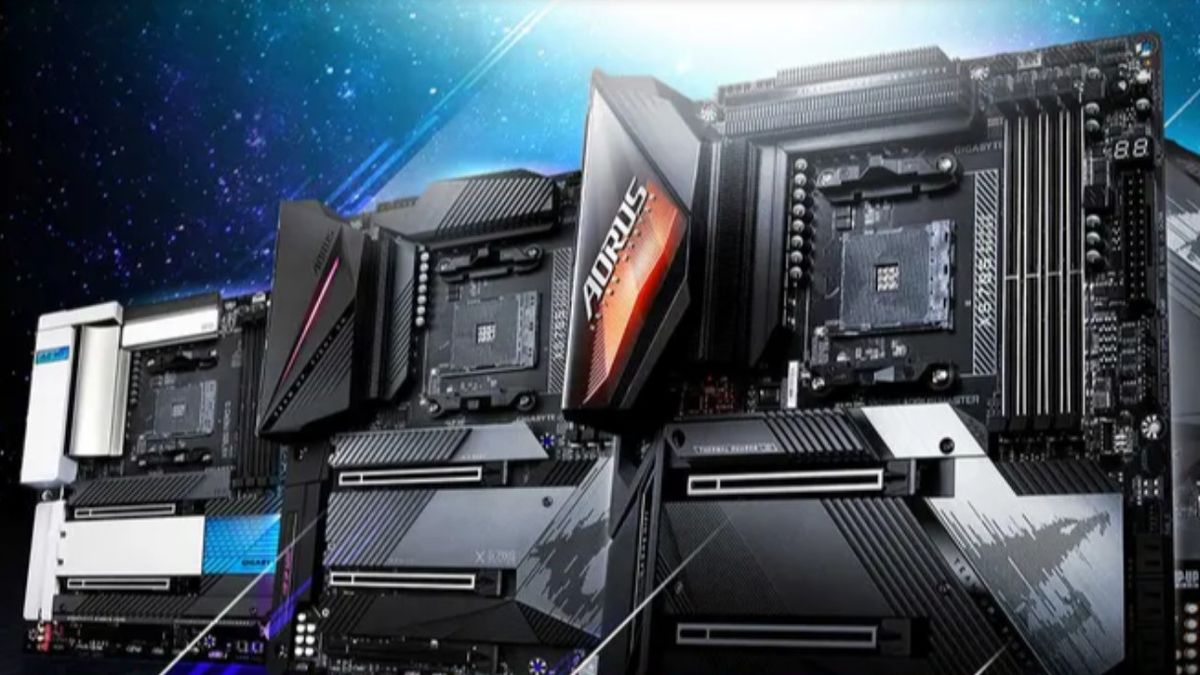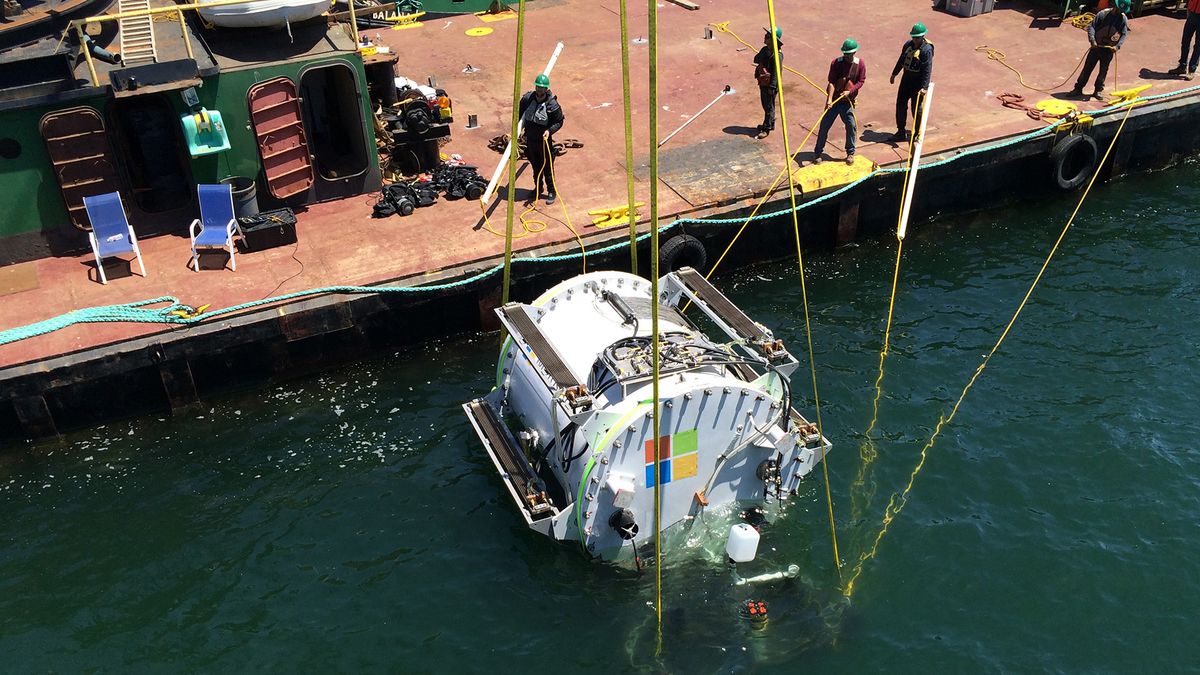Intel provided a statement earlier this week regarding instability issues with 14th and 13th Gen CPUs, but a few more details have since come to light, including a clarification that any damage done to high-end CPUs is permanent.
In case you missed it, Intel's earlier announcement pointed to “high operating voltage” as a key cause (not necessarily the only one, mind you) for these Core i9 processors (and lower-tier chips, too) to crash and generally perform poorly.
Team Blue also assured us that a fix in the form of a microcode update is on the way for these chips and should arrive in mid-August.
What's now clear, however, is that this is a preventative measure, not a cure. By this we mean that it will prevent the instability issue with Raptor Lake and Raptor Lake Refresh processors, but it won't reverse any damage already done to an already affected CPU, and it won't make it stable – the failing chip will still fail.
At least that's what The Verge is reporting, after asking Intel a bunch of questions and getting a few answers from Intel spokesperson Thomas Hannaford, some of which you may not find too comforting. For starters, the tech site points to Tom's Hardware's recent claim that the downgrade of an affected Intel CPU is irreversible, and The Verge notes that Hannaford “didn't deny this when we asked him.”
One of the key questions The Verge posed was: “Does Intel anticipate the fix will be effective for chips that have already been in service but are not yet showing symptoms (i.e. invisible degradation)? Are those CPUs simply living on borrowed time?”
Hannaford’s response was as follows: “Intel is confident that the microcode patch will be an effective preventative solution for processors already in service, although validation continues to ensure that the instability scenarios reported to Intel regarding its 13th/14th Gen Core desktop processors are addressed.
“Intel is investigating options to easily identify affected or at-risk processors in end-user systems.
“The patch may provide some instability improvements to currently affected processors; however, customers experiencing instability on their systems based on 13th or 14th Gen desktop processors should contact Intel Customer Support for further assistance.”
Analysis: More to worry about…
So what do we make of that statement? While Intel may be “confident” that the patch will work as a preventative measure, the “invisible degradation” question for us is whether potential damage (that isn’t yet detectable) could have occurred that could be a problem in the future. In other words, while the microcode update may prevent further damage from occurring to the chip, our concern is that if some damage has already occurred (but nothing that actually has an observable effect), this could, in the long run, mean that the CPU doesn’t last as long as it otherwise would have.
In this regard, we find this whole episode a little disturbing, and to compound these concerns, when The Verge asked if Intel might extend warranty coverage for 13th or 14th generation processors, the company did not respond. The spokesperson simply declined to comment.
It is also worth noting that the final paragraph of the above statement does not completely rule out the microcode update. could simply help Intel processors that are already affected by instability issues, and that it is “possible” that the patch could “provide some instability improvements,” which would at least be something.
But really, if you have a processor that's already having problems, the safest course of action seems to be to try returning it and having it replaced.
Other notable revelations from The Verge's Q&A with Intel include Team Blue's admission that any 13th or 14th Gen CPU with a TDP of 65W or higher could be affected by the issue with potentially damaging high voltages.
This includes not only Core i9 and i7 chips, but also Core i5 models such as the Intel Core i5-14600, and we've seen reports of Core i5 CPUs being affected. That said, it seems that the higher-end the chip and the higher the TDP, the greater the risk of a poor stability outcome seems to be.
Intel also said it will not issue any product recalls over the issue and that the company has not halted shipments or sales of chips while the microcode update is finalized and validated.
That microcode patch will be rolling out via motherboard vendors (in BIOS updates) next month as mentioned, and in the meantime, Hannaford confirmed to The Verge that Intel is still investigating other possible causes that may be present alongside the “key” issue discovered with the voltage problem.
Intel's problem is that it can't let this drag on, not with the Arrow Lake vs. Ryzen 9000 battle on the horizon. This episode could be pretty unpleasant for those looking to buy a next-gen chip, perhaps pushing them to prefer Ryzen when they might not have done so before all this happened.









